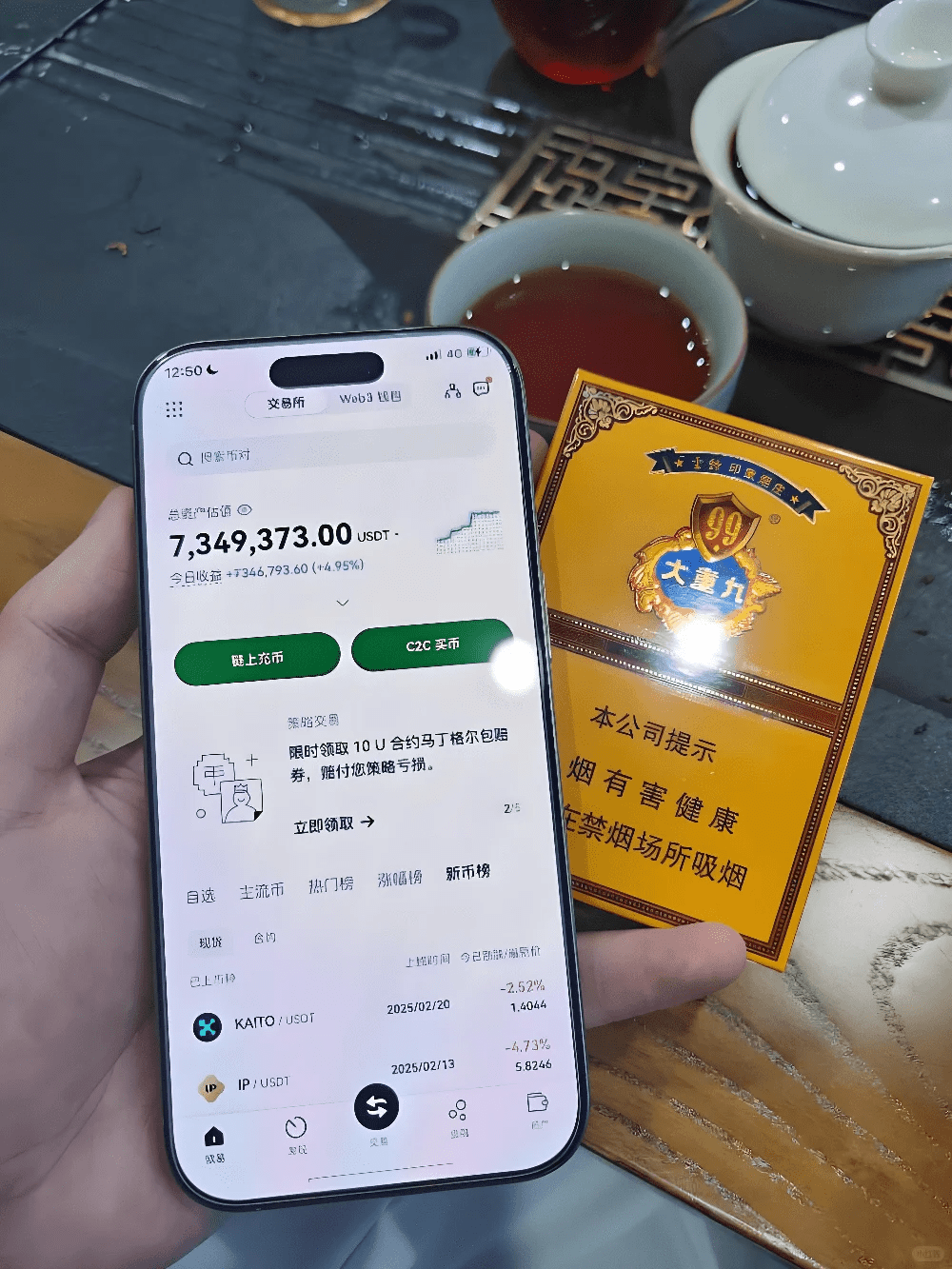I am 33 years old this year, and looking back, I have been in the cryptocurrency space for 12 years.
At 21, I bought Bitcoin for the first time; who would have thought this path would last over a decade. By 2024 to 2025, my digital assets finally surpassed 8 figures. My current life is not luxurious, but comfortable and stable.
The hotels I stay in when going out are basically high-end brands costing around 2000 yuan per night, and my suitcase, hats, and clothes often bear cryptocurrency symbols, serving as a symbol of identity and a sense of belonging.
Compared to many friends born in the 80s who engage in real industries or e-commerce, I have hardly experienced disputes with others and have rarely had troublesome collaborations. Trading cryptocurrencies has given me my own rhythm and introduced me to true 'freedom.'
Over the years, I have witnessed the cycle of bull and bear markets, and have seen countless people jumping between greed and fear.
If I had to summarize the core of trading cryptocurrencies in one sentence, I would say: mindset first, technique second.
The following eight experiences are what I have gained over more than a decade, through many lessons and a calm mindset, and I hope they can help those who take this market seriously.
One, Bitcoin is always the leader of the market.
When Bitcoin rises, other coins dare to rise; when Bitcoin falls, altcoins are likely to fall harder.
Only a very few high-quality projects in the Ethereum ecosystem can occasionally create independent trends, but the vast majority of altcoins cannot escape Bitcoin's grasp.
Two, USDT and BTC have a 'seesaw' relationship.
When you notice that the USDT to RMB exchange rate suddenly rises, be cautious, as this usually indicates that someone is selling Bitcoin and the market is about to drop.
When Bitcoin rises, it's actually a good time for you to 'replenish your USDT ammunition' in preparation for the next downturn.
Three, the time window from 12 AM to 1 AM is the 'easy money' period.
From 12 AM to 1 AM every day is the time when market 'spike' fluctuations are most likely to occur.
I recommend placing orders before going to sleep: set a buy order at the lowest possible price and a sell order at the highest possible price; you might wake up to find that the orders have been filled.
I have executed this 'bargain hunting' strategy over a hundred times, and it has earned me quite a bit.
Four, the 'steering wheel' in the mornings, from 6 to 8 AM, is the most critical.
These two hours are a must-watch for me every day. If the market has been falling from midnight to morning and continues to fall during this time, it’s usually a good time to buy or add to your position, as there is a high chance of a rebound that day.
Conversely, if the market starts rising from midnight and continues to rise from 6 to 8 AM, it often indicates that there will be a correction that day, and I would choose to take profits or reduce my position.
Five, at 5 PM, Americans wake up, and the market changes.
5 PM is a subtle time point - it's rumored in the community to be when 'Western traders go online.'
Many large fluctuations, especially unexpected rapid rises or falls, indeed often occur during this time. Keep an eye on it to avoid losses.
Six, don’t underestimate the legend of 'Black Friday.'
There is a saying in the crypto community called 'Black Friday,' meaning Fridays tend to have significant fluctuations, especially large drops. Although it's not effective every week, it serves as a useful risk reminder, and I pay special attention to news on Thursday nights.
Seven, buying the right coin, patience is the best strategy for adding positions.
As long as you don’t buy 'scam coins' or obviously abandoned projects, most coins with trading volume don't need to panic when they drop; just hold on.
Short periods of three to four days, long ones of one to two months, it will eventually break even.
If you still have USDT on hand, remember to buy in batches to lower your cost; if you have no money, just wait for the right opportunity.
Eight, holding spot assets for the long term is better than frequent trading.
Frequent buying and selling is not as good as holding for the long term.
I bought Dogecoin when it was 0.1 yuan, and now it has increased more than twenty times. I watched it go up and down, while some people sold early and only made two to three times their investment.
Those who earn big bucks are not necessarily quick on their feet, but rather those who can endure.
I know these experiences may not sound groundbreaking, and there are no 'foolproof' secrets.
But it is precisely these simple, repetitive, and sustainable principles that have become my 'moat' in the cryptocurrency world.
You might think freedom is a moment of sudden wealth, but in fact, freedom is being able to sleep well during a bear market and act decisively during a bull market.
And the true masters are those who take simple things to the extreme.
If you are still struggling in the crypto space, you might as well jot down these eight principles.
They may not allow you to reach the top in one step, but they can help you avoid many detours.
I am Lao Ye, an ordinary person with 12 years of cryptocurrency experience, who has achieved the life I want through compliant spot trading.
There are no myths of getting rich quickly, only a long-term perspective.


